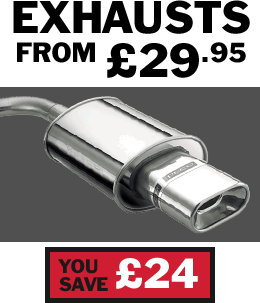Winter Car Checks
Winter conditions put an extra strain on your vehicle and its tyres – so it is important that you make sure everything is in working order before temperatures start to drop. Simply undertake a few easy winter car checks to reduce the potential for winter breakdowns. Learn more about our winter tyre safety tips now.
WINTER TYRE SAFETY
Fit Winter Tyres
When should you change from winter tyres to summer tyres? Generally, you should aim to make this switch to your winter tyres in October, as it is around this time that temperatures start to drop and your journeys may benefit from the added winter specific features that winter tyres provide.
You should get your tyres fitted by a specialist to ensure that they have not suffered any damage during storage. If you do not own winter tyres, it may be a good option to consider - particularly if you live in a rural area which is affected by ice, snow and low temperatures. Take a look at our winter tyres information for further guidance.
Check your Speed
Did you know that the maximum speed and weight that a winter tyre can carry is generally lower than that of a summer tyre?
Make sure you check the ratings on your tyre, which are located on the tyre sidewall, and adjust your driving style accordingly.
In most cases, you will not have to make a change, however, it is important that you do check just in case.
WINTER TYRE PRESSURE ADJUSTMENTS
Driving on the correct tyre pressures is crucial when it comes to tyre safety. Winter tyres often require a different amount of pressure than summer tyres, so make sure that you find out before checking.
Winter tyres have a different structure to summer tyres and usually need to be inflated slightly more. Find the specified winter tyre pressure for your vehicle in your vehicle handbook. Still wondering, “what tyre pressure for winter tyres”? Take a look at our advice on tyre pressure for more information.
Make a Visual Inspection
The condition and quality of your tyres will dramatically affect their winter performance and it is important that you feel confident they will be able to perform to their full potential.
Check that you have a sufficient amount of tyre tread, as it is important that your tyres will be able to provide you with good levels of grip on slippery surfaces. You should also inspect your sidewall for damages including punctures, lumps, bulges or cuts. If you do find any damage, take your vehicle to a tyre specialist immediately for advice. A damaged tyre may lead to a serious accident at any time, however, this risk is heightened in winter when you are heavily relying on it to keep your vehicle in control.
Winter weather conditions can pose a danger to motorists, make sure you and your vehicle are prepared with our winter driving advice. If you need any more winter tyre safety advice or would feel more comfortable with one of our expert team conducting a winter vehicle check themselves, locate your nearest Setyres centre now.















